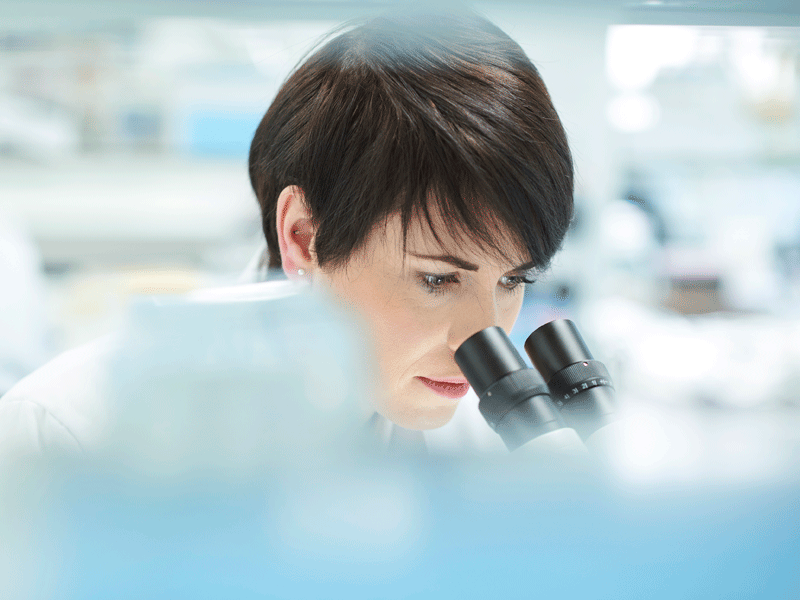![Noluma_January_Home_Mobile[8].jpg](https://d2wrwj382xgrci.cloudfront.net/Pictures/480xany/7/6/8/5768_Noluma_January_Home_Mobile%5B8%5D.jpg)
Scientific studies have shown that light of any kind – whether in the supermarket, refrigerator, kitchen, or through a window – can cause food, beverages, and cosmetic products to degrade faster – often before they meet the expiration date.
With milk and other dairy products, for example, exposure to such light affects its taste, freshness, and nutritional value. Milk contains components that are sensitive to light, including riboflavin, also known as vitamin B2.
Noluma International, LLC uses technology developed to assess, measure, and certify light protection in packaging. Its unique, patented technology measures the light protection capacity of packaging as a function of its effects on the product contents.
Noluma's technology is fast, enabling companies to quickly innovate their package design. Its testing process replicates two weeks of light exposure in just two hours. Furthermore, the company says it can measure nutrient changes caused by light exposure 99 per cent more efficiently and accurately than conducting a standard evaluation with a panel of expert taste testers.
Noluma is the only company that certifies products as meeting the highest standards of light protection. A Noluma™ certification means that a product’s freshness, nutrition, efficacy and sensory qualities will be protected from light damage as best as scientifically possible through its packaging for the shelf life of the product.

Innovation Spotlight: About the technology
The patented technology Noluma uses is integral to certifying that packaging protects brands – whether a food, beverage, cosmetic or pharmaceutical product – as best as scientifically possible from the negative impacts of light, throughout the full shelf life of the product. The company says it is the first technology of its kind to take into account quality change when measuring packaging light protection. Noluma laboratories are located in the USA, Taiwan and in the EU.
How does it work?
First, Noluma's research team uses a known marker ingredient in a solution inside a test package and exposes the package to intense light. The researchers and scientists on the Noluma team then measure the degree to which the marker is damaged after light exposure. The extent to which those markers are damaged or absent reveals the extent to which the freshness and / or quality has also been degraded. The changes to the marker are measured to determine the Light Protection Factor (LP) that’s needed for the packaging to reach optimal light protection capacity (total light block).
In the case of dairy, the marker is riboflavin (vitamin B2), the nutrient that becomes unstable when exposed to light, affecting the quality of the milk. The Noluma team measures how much riboflavin diminishes or disappears when measured through the Noluma testing process. The team can then assess the effectiveness of the packaging, and offer guidance on how to redesign packaging to adequately protect from light damage.
As Noluma doesn’t sell packaging, it can objectively collaborate with clients to find the most effective ways to enhance the light protection of packaging while meeting other goals, such as environmental sustainability.
Watch Noluma's technology in action here: https://youtu.be/RCkD66yp-y0
This content is sponsored by Noluma.
















